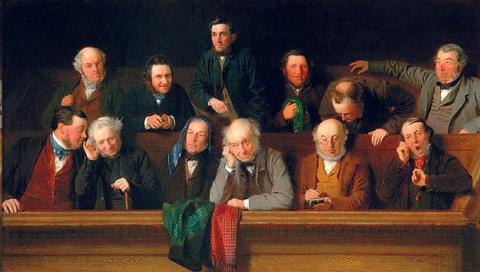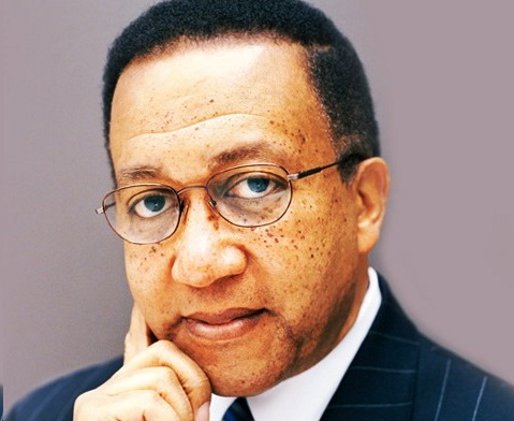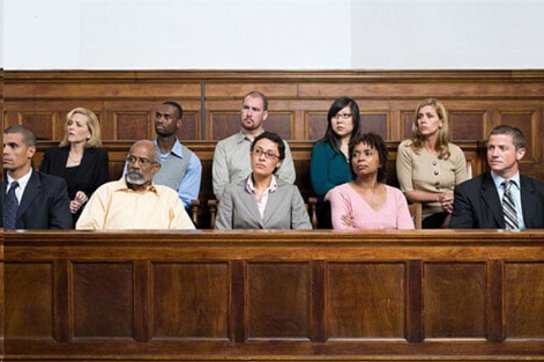Racial Bias and the Jury Selection Process

This is an excerpt from an article originally published in The Louisiana Weekly. Read the rest here.
(NNPA Newswire) — “One of the most pernicious forms of racial discrimination and injustice in the United States criminal justice system is the racially-motivated use of prosecutorial peremptory challenges during the jury selection process,” said Dr. Benjamin F. Chavis, Jr., the president and CEO of the National Newspaper Publishers Association.
“Black Americans and other people of color are systematically removed from juries by prosecutors because of their race and skin color. I define this prosecutorial behavior as judicial preemptory racism,” Chavis said.
And, as one of the legendary Wilmington 10, Chavis has unique insight.
In 1972, Chavis, who is an icon in the Civil Rights Movement, and nine others were falsely accused and convicted of arson in Wilmington, North Carolina, after a white-owned grocery store was set ablaze during race riots that followed a police officer’s fatal shooting of a Black teenager.
Three of the state’s main witnesses later changed their testimony and, in 1980 — eight years after their sentencing — Chavis and the others were freed when the 4th U.S. Circuit Court of Appeals in Virginia threw out their convictions. In overturning the convictions, the Court noted that perjury and prosecutorial misconduct were factors in the original verdicts.

Rev. Dr. William Barber, president of the North Carolina Chapter of the NAACP, and the founder of the Moral Mondays Movement, told reporters that notes taken by former Pender County prosecutor Jay Stroud showed that he lied to a judge to get a mistrial so he could pick another jury in the Wilmington case – he then used a race-based strategy during jury selection.
While the Wilmington 10 defendants were eventually exonerated, their case is just the exception and not the rule when it comes to addressing outcomes resulting from commonly practiced (and currently legal) race-based strategies associated with the use of peremptory challenges to strike jurors.
“For an individual defendant or anyone going to trial, who is on their particular jury and who is their particular judge is more important than who is on the Supreme Court,” said Nora V. Demleitner, a Roy L. Steinheimer Jr. Professor of Law at Washington and Lee University School of Law in Virginia.
Demleitner’s colleague and law professor, Ronald Wright, recently wrote an opinion column headlined: “Yes, Jury Selection is as Racist as You Think, Now We Have Proof.”
“Sadly, this research finding confirms what we feared. The ‘jury of one’s peers’ isn’t real,” Demleitner told NNPA Newswire. “Racism, couched in neutral language, renders it impossible,” she said.

The only cure for replacing the veiled racism associated with “colorblind” [juror selection] practices is to remove the blinders, said Dr. Lorenzo Morris, a professor of political science at Howard University.
“The assertion that there is no substantial differential racial impact in jury selection, however well-intended, has been largely discredited by research and diminished by detached observation,” said Dr. Lorenzo Morris, a professor of political science at Howard University. “Still,” he said, “the probable remedies are not easy to implement.”
“Removing the blinders effectively means becoming somewhat color-conscious in the evaluation of jury selection practices,” Morris said.
This is an excerpt from an article originally published in The Louisiana Weekly. Read the rest here.
This article originally published in the December 17, 2018 print edition of The Louisiana Weekly newspaper.
Highbrow Magazine






























































































































































































































































































































